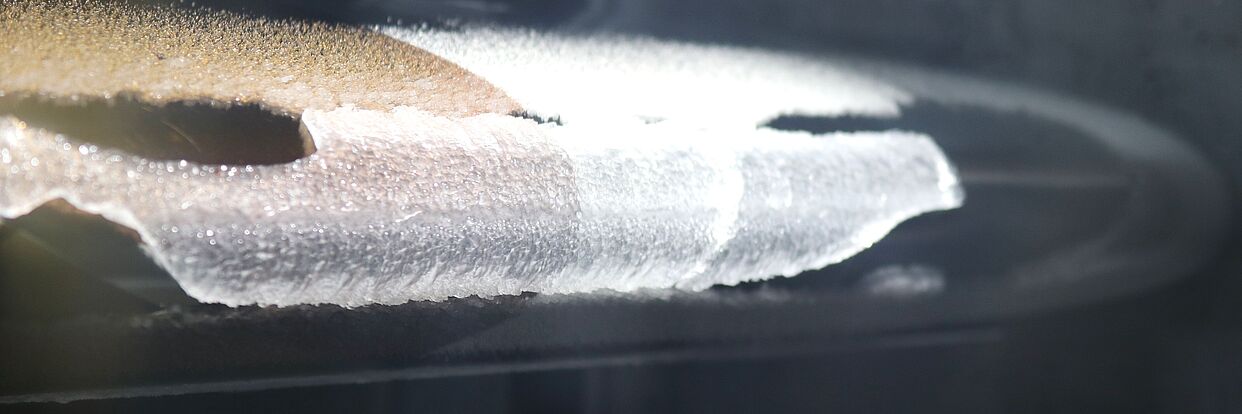
Our research covers the entire field of structural integrity under dynamic conditions, with a specific focus on developing and exploring materials and designs capable of withstanding fatigue, impact, and crash scenarios. This is achieved through a combination of experimental testing and numerical simulations, aiming to research structures that are both, lightweight and highly resilient.
Our investigations involve thorough testing to delve into the mechanical properties and behavior of lightweight materials and components. The testing methods encompass both quasi-static and advanced dynamic testing. Our well-equipped testing laboratory includes drop towers, servo-hydraulic high-speed testing rigs, a single-stage gas gun, and state-of-the-art high-speed digital image correlation (DIC) and data acquisition systems. These advanced methods enable structures and components to undergo controlled and measurable dynamic forces. Following carefully planned testing pyramids allows for comprehensive studies of damage initiation and propagation under complex high-speed and fatigue loading scenarios.
In addition to accurate testing, we conduct numerical simulations and material modeling to enhance our understanding of structural integrity and dynamics. Material modeling is fundamental to our work, involving the numerical simulation of materials to predict their behavior under various load cases and environmental influences. Advanced simulation methods are then employed to replicate and analyze how structures respond to impact and crash scenarios, ensuring a comprehensive understanding of failure modes. These simulations undergo thorough validation alongside the physical test pyramid to ensure the reliability and robustness of our designs and analyses. The goal is to merge the virtual and physical realms to achieve the highest level of accuracy, allowing for a comprehensive understanding of structural behavior under diverse and complex loading conditions.
Our research group is dedicated to advancing the field of structural mechanics. Our efforts are focused on investigating the safety and resilience of current and future structures in aerospace, automotive, wind energy and other segments. We utilize a multidisciplinary approach that combines experimental testing with numerical simulations. For more information on our ongoing research projects, please visit our Projects page.
FASTER-H2 | Fuselage, rear fuselage and empennage with cabin and cargo architecture solution validation and technologies for H2 integration
IDEFICS | Impact damage resistance enhancement of natural fibre composite laminates
HYBATS | Experimental and numerical optimization of a hybrid ice protection system for a novel structural design of a thermoplastic slat
SE2A B3.1 | Protective, multifunctional suction shells for hybrid laminar flow control: Design, integration, simulation and testing
AutoBLADE | Automatisierte Technologie zur Herstellung von kontinuierlich drapierten Preforms für großflächige FVK-Infusionsbauteile mit hohem Aspektverhältnis